A collection of resources exploring money and financial mathematics.
This range of educational resources will have you covered when it comes to teaching your students about money and financial mathematics!
The pack includes worksheets, posters and a variety of games (perfect for maths rotations).
This diverse range of tasks will enable you to effectively cater for a wide range of student ability levels.
- Money Task Cards - Australian Currency
- Decimals and Percentages Maths Investigation – Plan a Party!
- Roll Me a Discount! Board Game
- Australian Currency Poster
- Financial Mathematics Maths Investigation – Let's Play Mini Golf!
- Piggy Banks V2 (Australian Currency)
- Picture Cards with Price Tags and Coins (Australian Currency)
- Calculating Discounts and Sale Price Teaching Slides
- Coin Sheets (Australian Currency)
- Money Bingo – Australian Currency
- Money Bingo – Australian Coins
- Money and Financial Mathematics - Middle Years Interactive PowerPoint
- Money and Financial Mathematics – Lower Years Interactive PowerPoint
- Money and Financial Mathematics - Upper Years Interactive PowerPoint
- Australian Dollar Note Sheets
- I Have, Who Has? Game - Money (Australian Currency)
- Money Dominoes (Lower Years) – Game
- Recognising Australian Coins – Worksheet
- Ordering Australian Coins – Worksheet
- Representing Money Amounts – Worksheet


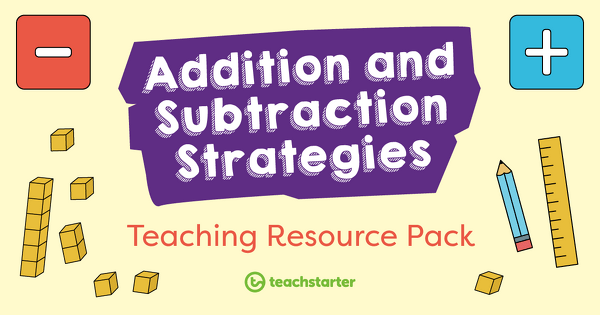
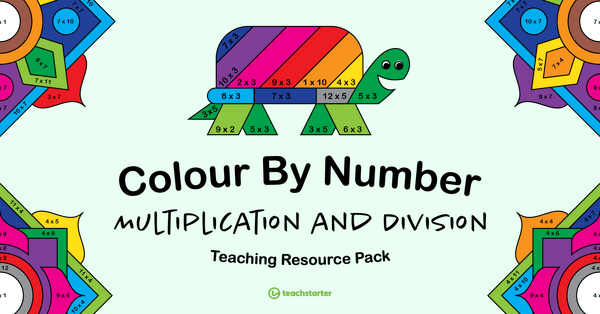

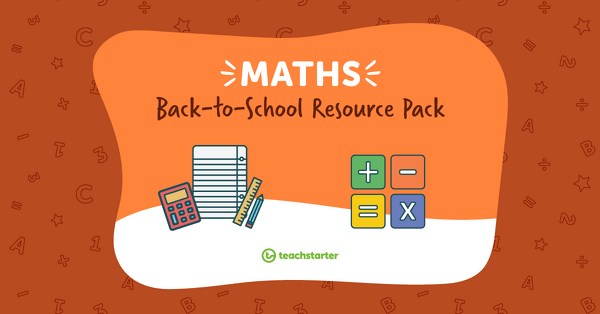
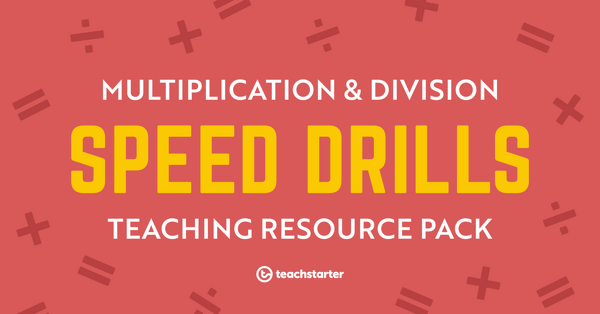
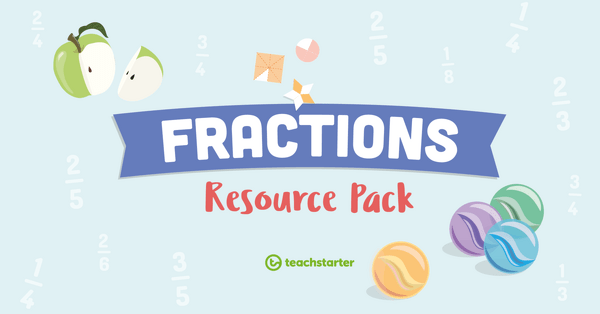
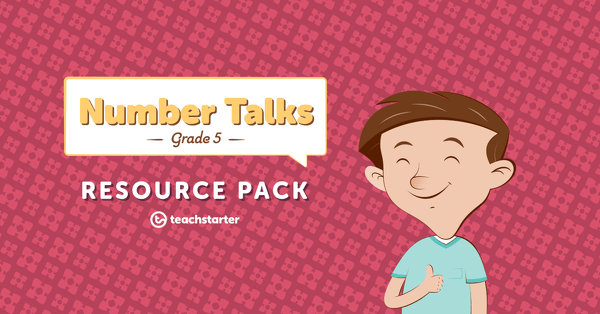


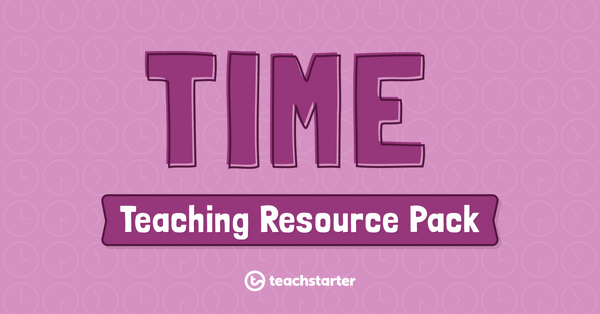
0 Comments
Write a review to help other teachers and parents like yourself. If you'd like to request a change to this resource, or report an error, select the corresponding tab above.